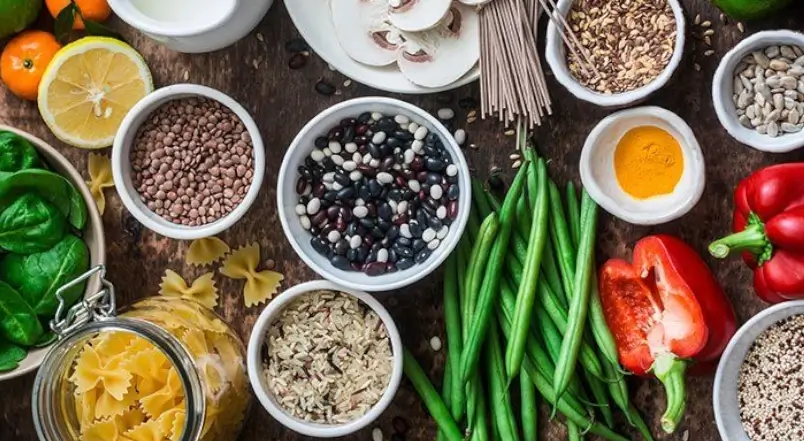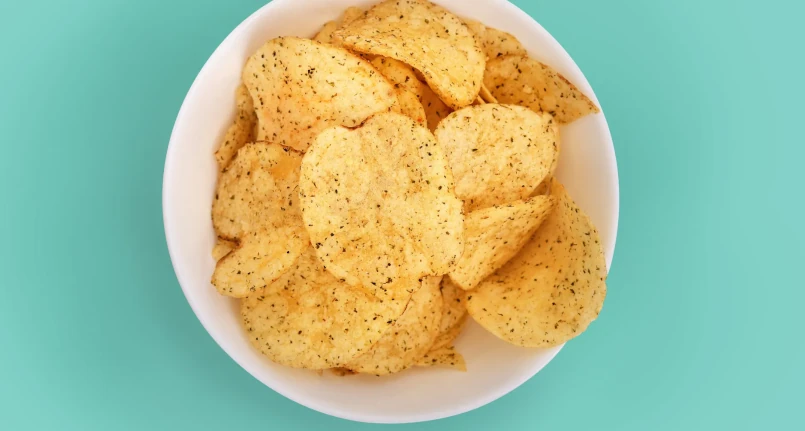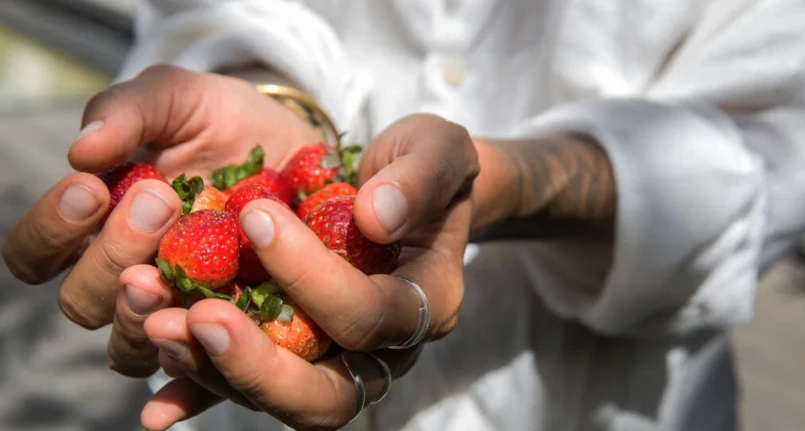Salt and sodium: what are the differences?
Salt has a notoriously bad reputation, but sodium is an absolutely essential mineral in the body. Electrolyte is critical in maintaining fluid balance , carrying nerve impulses , and supporting proper muscle contractions . Salt and sodium are not the same thing. Table salt is made from sodium chloride , not just sodium. One teaspoon of salt contains about 2.3 grams of sodium. Often the two terms are used interchangeably, to commonly define salt, but it is not the same substance. Sodium is a component of salt, a mineral that has as its main source inWestern food table salt . But while the body needs enough minerals to perform these functions, getting too much sodium in your diet can harm your health.
How much sodium in salt?
When reading food labels, the distinction between salt and sodium isn’t always clear. To trace the salt content indicated on the label to the sodium content: just divide the number by 2.5. So, for example, a food that contains 2 grams of salt will contain 0.8 grams of sodium.
Check the labels
Reading the label is essential to keep under control the amount of salt (and sodium) that is taken daily with food. On the packaging of food products there are some indications regarding the salt content, according to the provisions of EC Regulation no. 1924/06.
- Low Sodium/Salt: Contains no more than 0.12g sodium, or equivalent value of salt, per 100g or 100mL.
- Very Low Sodium/Salt: Contains no more than 0.04 g of sodium, or an equivalent value of salt, per 100 g or 100 mL (this definition does not apply to natural mineral waters or other waters).
- Sodium Free or Salt Free: Contains no more than 0.005 g of sodium, or an equivalent value of salt, per 100 g.
- Low in: content reduced by at least 30% compared to usual.
Diet too rich in salt: the signs
Thirst and water retention
Among the most common signs that occur when the diet is excessively rich in salt is the urgent and repeated need to drink and the consequent water retention . Eating salty foods , in fact, gives a sense of dryness. When blood concentration begins to rise (thanks to an increase in solutes such as sodium, for example), the brain and kidneys start working to restore balance. Antidiuretic hormone , for example, can be triggered so that the body retains fluids that help dilute the sodium spike. The neural signals are: continuous feeling of thirst ,dehydration , dry mouth and dry skin .
Swelling
It is the typical signal: the rings tighten because the fingers swell after a salty meal. The more sodium consumed, the more water will flow into an area. This is because water follows the salt due to osmosis . While it may seem counterintuitive to drink more water when you experience bloating, it can actually counteract the effects of excessive salt intake. Consuming adequate fluids can flush everything, including excess sodium, out of your body.
Feel bland food
It’s not pure salt, but the sodium found in processed and packaged foods (such as convenience foods, canned foods, frozen meals , snack foods, and deli meats) that makes up the bulk of your daily intake of the mineral. It is known that consuming more ultra-processed and industrial foods causes significantly higher risks of having high blood pressure or heart problems. Whole foods such as fruits, vegetables , whole grains , and raw nuts and seeds are naturally low in sodium. The systematic consumption of fried foods, or excessively salty, but even frequent restaurant meals with elaborate and highly seasoned foods can make the taste buds get used to a certain level of salt. The result? Meals often taste bland and one tends to add more and more saltiness.
Increased blood pressure
Salt isn’t the only thing that can affect blood pressure — factors including genetics, stress , weight , alcohol intake and physical activity all contribute to changes in blood pressure levels . But systematic consumption of high-sodium foods can play an important role. Excess sodium intake promotes volume retention, which is a major factor in the onset of high blood pressure which, when uncontrolled over the long term, predisposes individuals to an increased risk of strokes, heart attacks , heart failure and kidney diseasechronic. All that extra fluid can put a force on blood vessels . Over time, this pressure can hamper the normal flow of blood and oxygen to your organs, making it even more difficult for your heart to pump and for your kidneys to restore fluid and electrolyte balance .
The optimal pressure
Healthy blood pressure is below 120/80 mm Hg. The first number quantifies systolic BP ( blood pressure ) and represents the amount of pressure during a heart contraction . The second number, called diastolic pressure , represents the amount of pressure when the heart relaxes.
Recommended intake of salt
Don’t exceed 2,300 milligrams of sodium per day, the maximum recommended amount which is equivalent to just one teaspoon of table salt. An ideal salt intake is around 1,500 milligrams of sodium per day, especially for those with high blood pressure .
How to reduce the use of salt
Avoid foods rich in salt.
There are many foods rich in salt, even if they would not commonly be counted among the foods at risk for blood pressure and water retention. Those who are trying to reduce their sodium intake should avoid or limit their intake of:
- Breads , sandwiches , wraps , bagels
- Canned or jarred tomato sauces
- Breakfast cereals _
- Cottage cheese
- Ketchup
- Salad dressings ready
Use spices.
Often substitute table salt for spices and herbs such as basil , rosemary , paprika and turmeric in preparing dishes. Adding aromatics such as garlic , onion , shallots and leeks will add flavor without having to overdo the salt.
Change home cooking methods .
Limit restaurant-style meals at home without going overboard on the added salt and fats. Use alternative and healthy cooking methods such as an air fryer, slow cooker, steamer or dehydrator. These cooking methods don’t require the use of excessive salt or oil to make a delicious meal.




